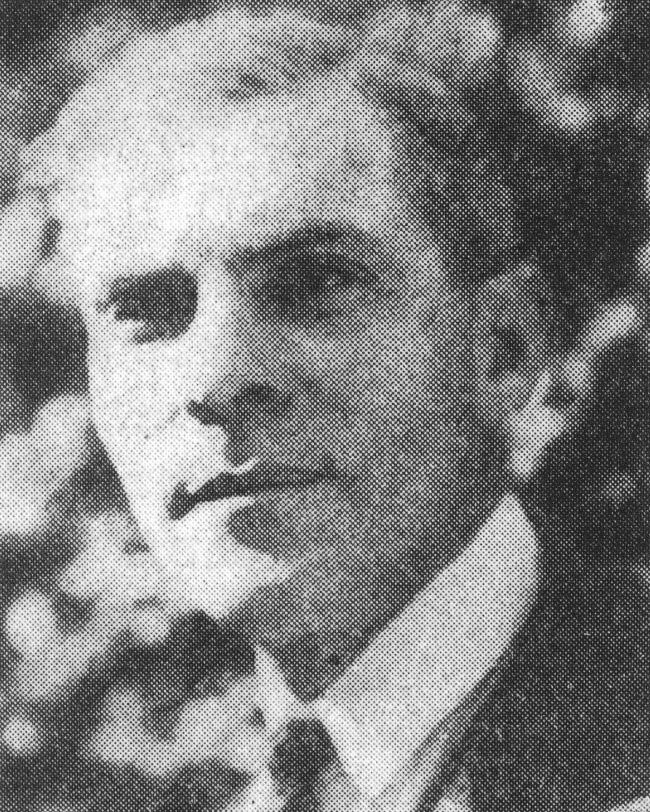Issachar RYBACK
Январь 3, 2019Isaac SCHONBERG
Январь 4, 2019Савелий ШЛеЙФеР
ОДЕССА (УКРАИНА) 1881 – ДЕПОРТИРОВАН В ОСВЕНЦИМ В 1943 Г.
Савелий Шлейфер рано проявил интерес к изобра- зительным искусствам и давал уроки живописи детям. Он отправился на учёбу в художественное училище Одессы, затем в Санкт-Петербург, где ему преподавал знаменитый живописец Илья Репин. В 1905 году приехал в Париж и представил свои работы на экспозициях Салона Независимых и Салона в Тюильри. Во время Первой мировой войны Шлейфер вступил в русскую армию и служил в специальном «маскировоч- ном» отряде. Во время революции 1917 года Шлейфер жил в Санкт-Петербурге, где открыл школу искусств.
В 1922 году он был назначен профессором художе- ственно-технического института Петрограда, затем мастером по гриму и костюмам Школы кино. В 1927 году Шлейфер приехал в Париж. 22 июня 1941 года был арестован и интернирован в Компьене. 5 сентября 1943 года Савелия перевели в Дранси. 15 мая 1944 года он был депортирован эшелоном №73. Убит нацистами.
Stories of Jewish Artists of the School of Paris 1905-1939
FRENCH-ENGLISH
Capitale des arts, le Paris des années 1905-1939 attire les artistes du monde entier. De cette période de foisonnement, un terme est resté, celui d'Ecole de Paris, qui recouvre une grande diversité d'expression artistique. Dans ce brassage dont Montparnasse est le creuset, un groupe se distingue : celui des artistes juifs venus de Russie, de Pologne et d'Europe centrale. Si leurs styles sont variés, un destin commun les rassemble : ils fuient l'antisémitisme de leur pays d'origine. Certains ont connu la célébrité dès les années 1920, tels Soutine, Lipchitz ou Chagall. D'autres n'ont pas eu le temps ou la chance d'y accéder. Près de la moitié a péri dans les camps de concentration nazis.
From 1905 to 1939, Paris attracted artists from all over the globe as the capital of the art world. This period of artistic proliferation became known as the School of Paris, and includes a great diversity of artistic expression. Within the teeming art world centred on Montparnasse, one group set itself apart: Jewish artists from Russia, Poland, and Central Europe. Although their styles were diverse, they shared the common fate of fleeing anti-Semitic persecutions in their home countries. Some became famous in the 1920s, such as Soutine, Lipchitz, and Chagall, while others did not have the time or the luck to gain renown. Nearly half of these artists died in Nazi concentration camps.





